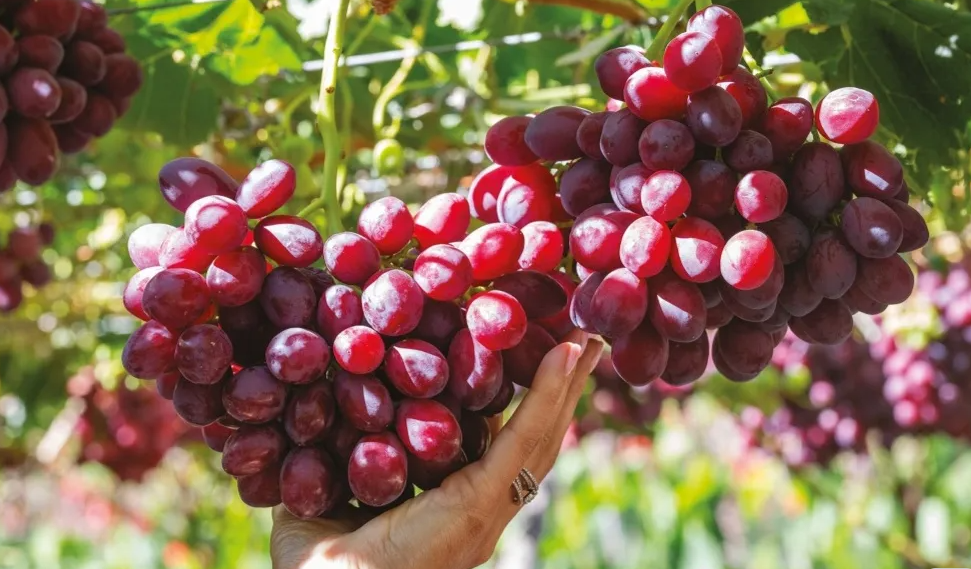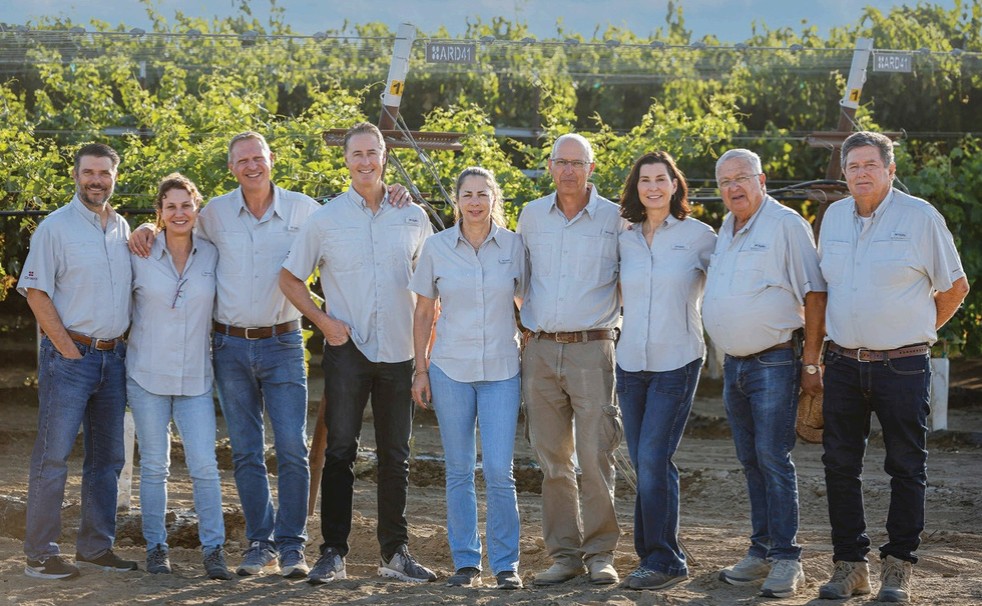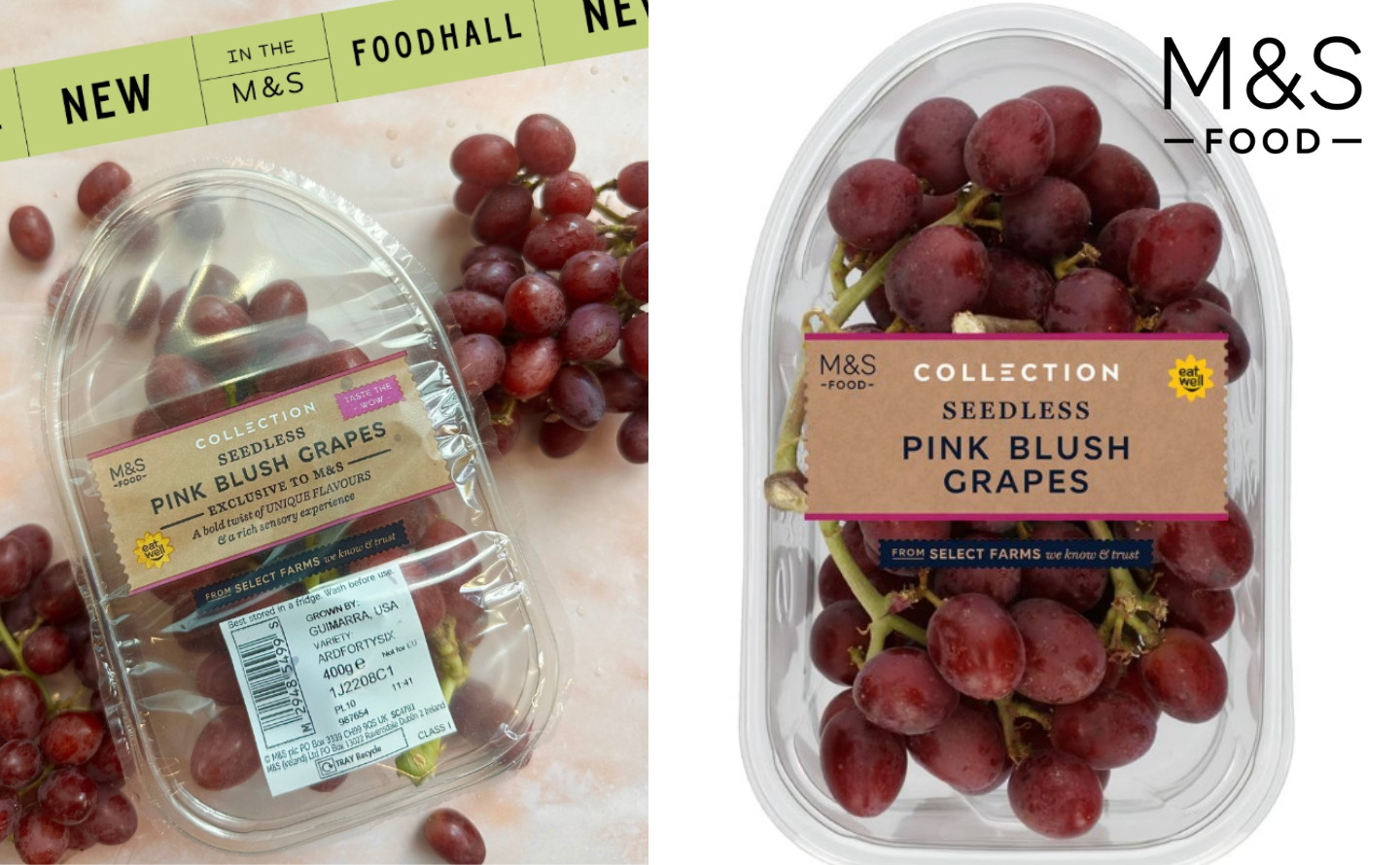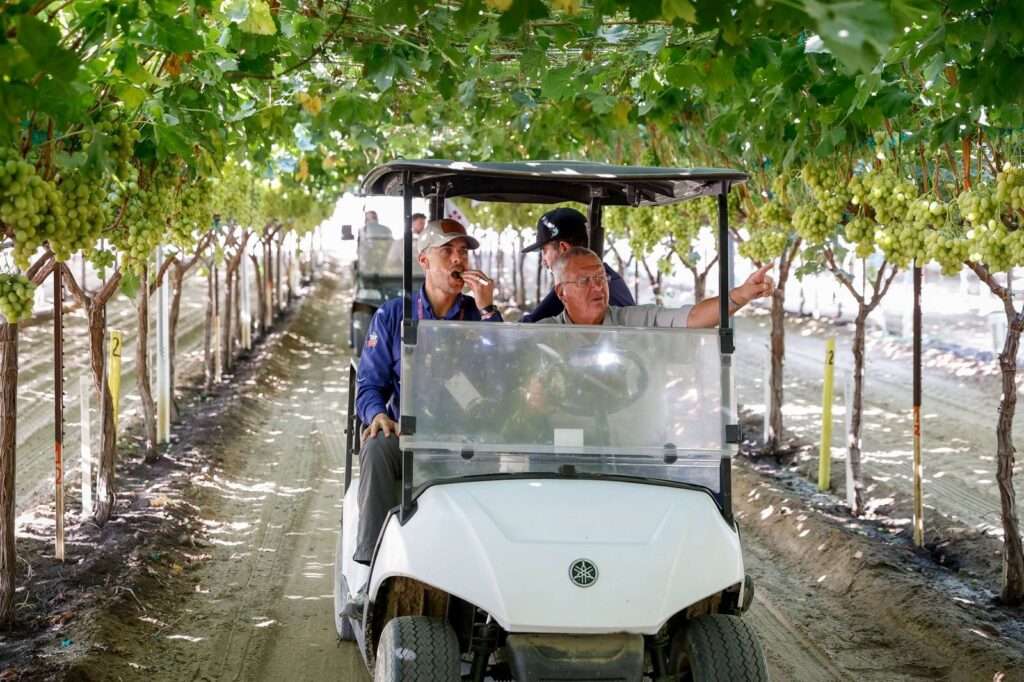New varieties drive progress in the fresh produce industry and breeders have to contend with an increasingly wide array of factors as they work to develop the latest iterations.
Asiafruit Congress – part of the 2024 Asiafruit Knowledge Centre – brought together Sun World International’s David Marguleas, Fresh Del Monte’s Mohammed Abbas, Bloom Fresh’s Fiachra Moloney and Grapa Varieties’ Nomi Karniel-Padan in Hong Kong to dissect the future for varietal innovation.
Opening the discussion Marguleas said he believed the industry was in a “golden age” of breeding.
“The tools that are available to us bring lots of excitement and innovation to the category. They bring a number of traits and characteristics that are both important to the consumer and to the producer, and diversify the offer,” said Marguleas.
Moloney took a similar view noting new varieties could help address several challenges confronting the fresh produce industry.
“When you look at the big existential challenges that we’re facing, I think it’s going to be breeding and innovation that helps really shore up the future of food security,” Moloney said.
Balancing priorities
Breeders have to service a mixture of demands when developing their new varieties with stakeholders right along the value chain looking for improvement.
“First and foremost, I think growers are interested in the same thing that consumers are interested in, and that is a consistent and superior eating experience,” said Marguleas.
“Varieties that bring lower cost inputs and greater yield are important, and then increasingly, so are varieties that meet sustainability measurements.”
The sustainability piece is particularly relevant when it comes to managing a changing climate. Karniel-Padan said what growers want most is to be able to have a secure crop.
“During these challenging times with changing weather patterns I think it’s very important to provide varieties that can withstand these changes and also have a great shelf-life,” she said.
“Some of our varieties are rain resistant and can take really heavy rains. Thanks to this, growers in tropical areas can compete as the weather gets worse and worse. We were just in California which faced three weeks of tremendous heat and last year had Hurricane Hillary. Everything is going to the extreme and we need to give growers the genetics to compete with these challenges.”
Moloney said post-harvest resilience was also an increasingly important characteristic as industry navigates supply chain disruption.
“Part of the conversation we’re also having with growers is around what value they can get. There’s reducing the input cost, but there’s also the price they can get on the other side. How can we bring varieties that can create more value for them?” Moloney added.
Point of difference
The next generations of fruit have to differentiate themselves in the eyes of consumers if they are to create additional value and breeders are achieving this in different ways. Moloney said Bloom Fresh has homed in on flavour to create a better experience.
“We have a range of candy varieties, really high flavour grapes that deliver a really interesting experience with strawberry and tropical flavours,” he said.
Abbas said the intersection of flavour and health offered an interesting opportunity for fruit.
“With consumers becoming more health-conscious, and wanting to find alternatives to chocolate or dessert, fruit comes into play,” said Abbas.
“We need to show how these unique varieties can play a role as a dessert alternative.”
Breeders are also catering to the other end of the health spectrum.
“We’ve been working on a line of red flesh plums for close to 30 years, and that line boasts superior levels of antioxidants and other nutritional qualities. We think there’s similar opportunities to introduce the same kind of antioxidant levels in other fruits,” said Marguleas.
Asian ambition
Asia is a relatively untapped market for international breeders when it comes to the production of new varieties but it’s not to say the region has no appetite for new fruit. In fact, it’s the opposite according to Abbas.
“Asian markets are much more mature, surprisingly, than the European or the American markets when it comes to consumer demand for unique varieties. They have an appreciation for high value, quality products,” said Abbas.
Marguleas said the Asian consumer’s familiarity and appreciation of new varieties has paved the way for developing new production throughout Asia and Moloney agreed.
“I think there is opportunity for local production here in Asia for some of these big varieties. I think it will go a long way to help improve the overall consumer experience for people across the Asian market,” said Moloney.
Karniel-Padan noted ongoing market access expansion was allowing international suppliers to ship more new varieties to more Asian markets. She said Grapa Varieties is also developing production in Asia and while different growing conditions can provide a hurdle, it is proving to be a rewarding journey.
“It’s very exciting when visiting growers in challenging growing areas. For example, in India you meet the growers that live off their small piece of land and they tell you they can secure their crop thanks to these new genetics,” she said.







